Georgia's Bochorishvili highlights security concerns at OSCE Ministerial Council meeting
Georgian Foreign Minister Maka Bochorishvili is participating in the 32nd OSCE Ministerial Council holding from 3rd to 5th December in Vienna....
Set on top of Chile’s Cerro Pachón mountain, the Vera C. Rubin Observatory will soon embark on a ten-year survey, using cutting-edge technology to uncover new secrets of the universe.
A new eye on the cosmos has opened, and its gaze is set to permanently transform our understanding of the universe itself. Perched 2,715 metres (8,907 feet) above sea level on top of the Cerro Pachón ridge in Chile, a peak in the 'Andean Astronomy Alley,' the Vera C. Rubin Observatory has unveiled its breathtaking first images.
This monumental achievement, a milestone for a new generation of data-driven astronomy, marks the culmination of more than two decades of international collaboration. It sets the stage for the observatory's primary mission: the ambitious Legacy Survey of Space and Time (LSST), which is on the cusp of beginning its decade-long quest in late 2025.
For the next ten years, this groundbreaking facility will meticulously film the southern sky, creating the most detailed and dynamic map of our universe ever produced. Its data promises to not only unravel some of science's most profound mysteries but to democratize access to the stars in an unprecedented way.
A trailblazer's legacy: The scientist behind the name
The observatory bears the name of a true giant of 20th-century astronomy, Vera C. Rubin. Her painstaking work in the 1960s and 1970s provided the most compelling and undeniable evidence for the existence of dark matter, a substance that is now understood to be the invisible scaffolding of our cosmos. The story of her discovery is a lesson in scientific perseverance.
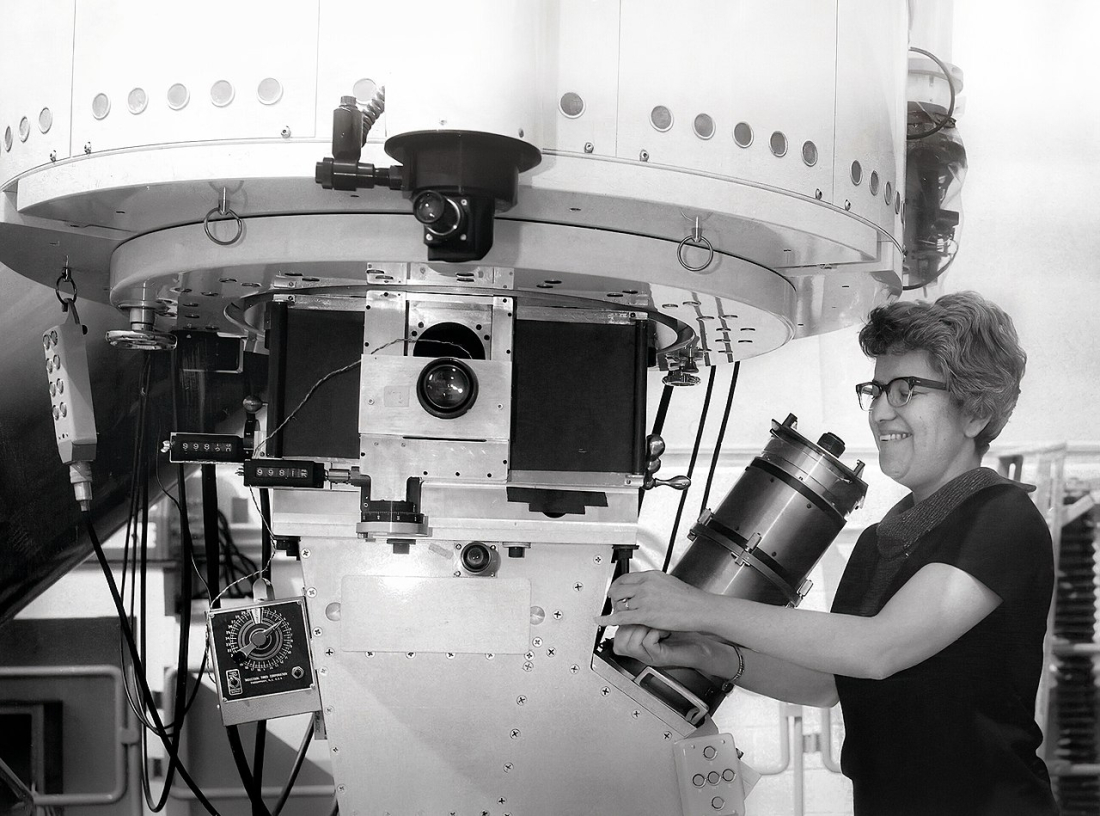
At the time, astronomers assumed that stars in a spiral galaxy would orbit the central bulge much like planets orbit our sun: the farther out a star was, the slower it should move. Using the powerful spectrographs of the era, Rubin and her colleague Kent Ford meticulously measured the velocities of stars and gas clouds at various distances from their galactic centres. What they found was stunning and defied all expectations.
The stars at the outer edges of galaxies were moving just as fast as those near the brightly lit centre. This flat rotation curve was inexplicable under the known laws of gravity and the visible matter in the galaxies. The only logical conclusion was that there had to be a vast, invisible halo of mass surrounding each galaxy, its gravitational pull keeping the fast-moving outer stars in their orbits.
This unseen substance was dubbed 'dark matter.' Rubin's observational evidence, initially met with scepticism in a field dominated by theorists, was so robust it could not be ignored. Her work fundamentally shifted our cosmic inventory, revealing that the luminous stars and galaxies we see make up only 15% of the universe's total matter. The rest is this enigmatic, invisible substance.
Naming this next-generation observatory in her honour is a fitting tribute to a scientist who not only changed our perception of the universe but also championed the role of women in science, leaving a legacy of curiosity and discovery.
A technological marvel on a mountaintop
At the core of the Rubin Observatory is an extraordinary combination of cutting-edge optics and digital imaging technology, designed to work in perfect harmony to achieve its ambitious survey goals.
The system is led by the 8.4-metre Simonyi Survey Telescope, named in recognition of a generous private donation from Charles and Lisa Simonyi. Unlike many large telescopes that use a two-mirror system, the Simonyi telescope features a unique three-mirror design, a modified Paul-Demers-Baker configuration. This complex design includes a massive 8.4-metre primary mirror (M1), a 3.4-metre convex secondary mirror (M2), and a 5-metre tertiary mirror (M3). The primary and tertiary mirrors are actually part of the same single piece of glass, the M1/M3 monolith, one of the most challenging large optics ever fabricated.
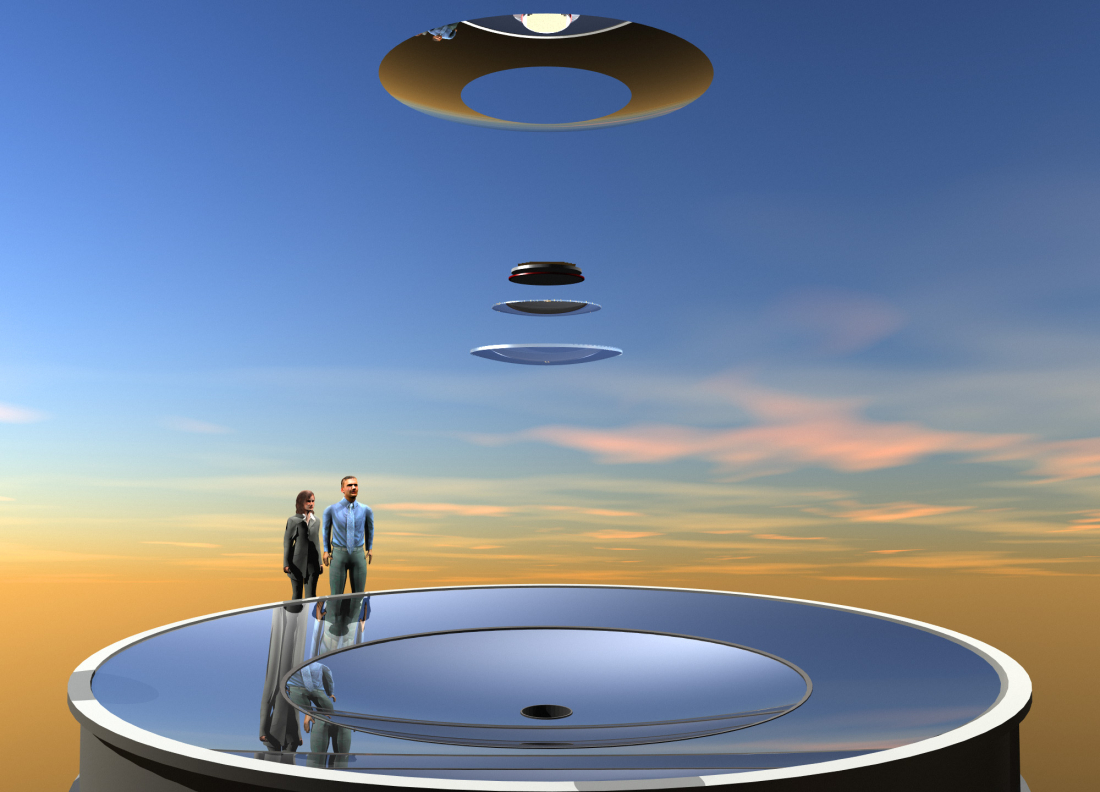
This innovative optical solution is the key to the telescope's power. It corrects a host of optical distortions and enables an exceptionally wide 3.5-degree field of view. To put that in perspective, this allows the telescope to capture an area of the sky 40 times the size of the full moon in a single exposure, a colossal footprint compared to the narrow, deep views of telescopes like Hubble or JWST.
Paired with this wide-eyed telescope is the largest digital camera ever constructed for astronomy: the LSST Camera. It is a true giant, weighing over 2,800 kilograms (3 tons) and standing roughly the size of a small car. Its focal plane is a mosaic of 189 individual charge-coupled device (CCD) sensors, packed together to create a staggering 3,200-megapixel (3.2 gigapixel) imaging surface that is over 60 cm wide.
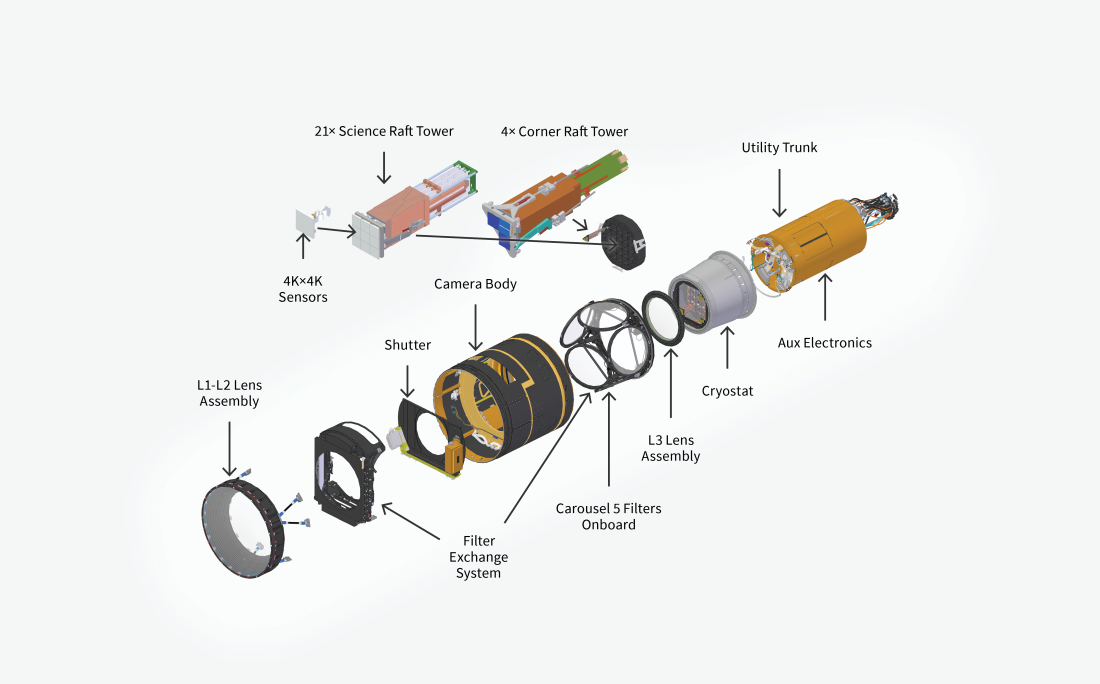
This incredible resolution and sensitivity mean it can spot an object as small as a golf ball from more than 24 kilometres (15 miles) away. To capture the universe in all its colours, the camera is equipped with a six-filter wheel, allowing it to take images in different parts of the light spectrum, from the ultraviolet (u-band) to the near-infrared (y-band).
By comparing the brightness of an object through these different filters, astronomers can determine its colour, temperature, chemical composition, and distance from Earth.
The ultimate sky survey: A decade of dedication
The primary mission enabled by this technology is the Legacy Survey of Space and Time (LSST). For ten years, the Rubin Observatory will engage in a relentless survey of the southern sky. The strategy is built on cadence—the practice of repeatedly visiting the same patch of sky over and over again.
The telescope's ability to slew rapidly, moving from one position to the next in just five seconds, allows it to take more than 800 giant exposures each night.
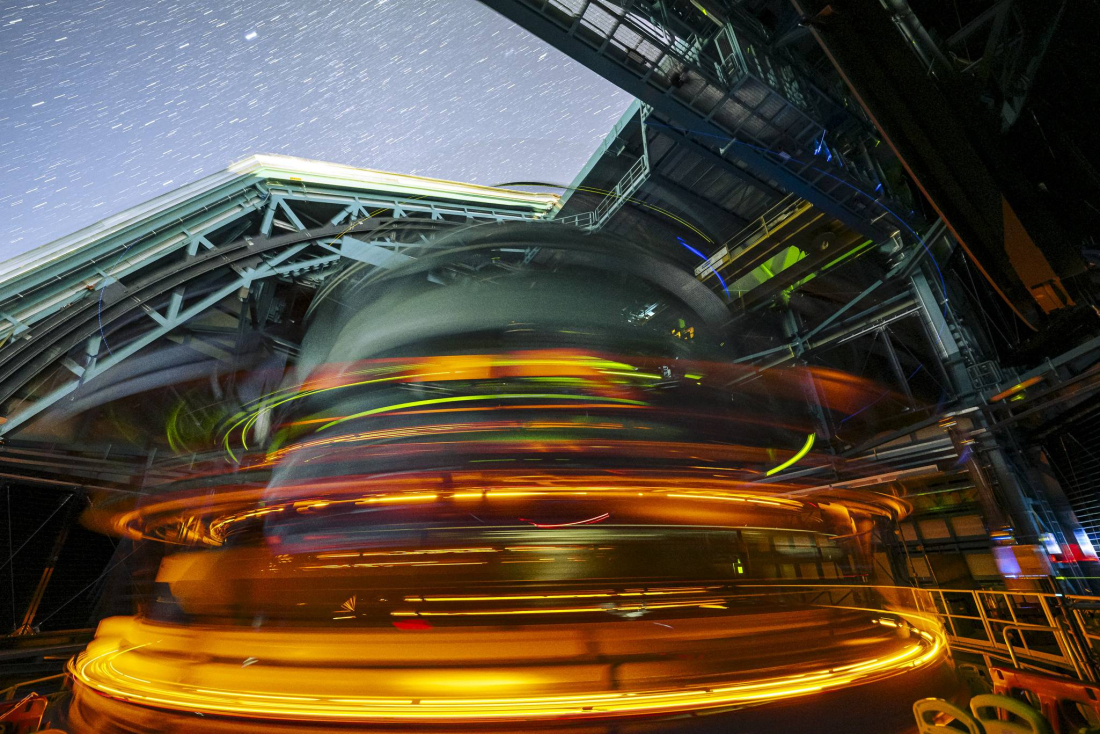
This isn't just about creating a static, high-resolution photograph. By repeatedly imaging the same areas, the LSST will create a time-lapse movie of the universe. It will catalogue an estimated 37 billion stars and galaxies, but more importantly, it will capture how they change, move, and evolve. Any object that varies in brightness or moves across the sky—from a flickering distant star to a nearby asteroid—will be identified.
The sheer scale of this data collection is difficult to comprehend. In fact, the data collected by Rubin Observatory in its first year will surpass the total amount of data collected from all other optical telescopes throughout human history. Over its ten-year lifespan, the survey will generate a monumental public archive of 500 petabytes of images and data products, a treasure trove for scientific exploration that will last for generations.
The four great quests: Rubin's scientific pillars
The data from the LSST is designed to tackle four of the most critical questions in modern astrophysics:
Probing the Dark Universe: The observatory will map the distribution of dark matter and probe the nature of dark energy with unprecedented precision. It will do this primarily through the phenomenon of weak gravitational lensing.
As light from distant galaxies travels towards us, its path is slightly bent by the gravity of the dark matter it passes. The LSST will measure these subtle distortions in the shapes of billions of galaxies, creating a massive 3D map of the dark matter scaffolding of the cosmos.
By studying the large-scale structure of the universe and tracking thousands of distant supernovae, it will also provide the most precise measurements yet of dark energy, the mysterious force causing the universe's expansion to accelerate.
Taking an Inventory of the Solar System: The LSST will revolutionise planetary science. Its wide, fast, and deep survey will discover millions of new objects within our own solar system, increasing the number of known Near-Earth Objects by a factor of ten.
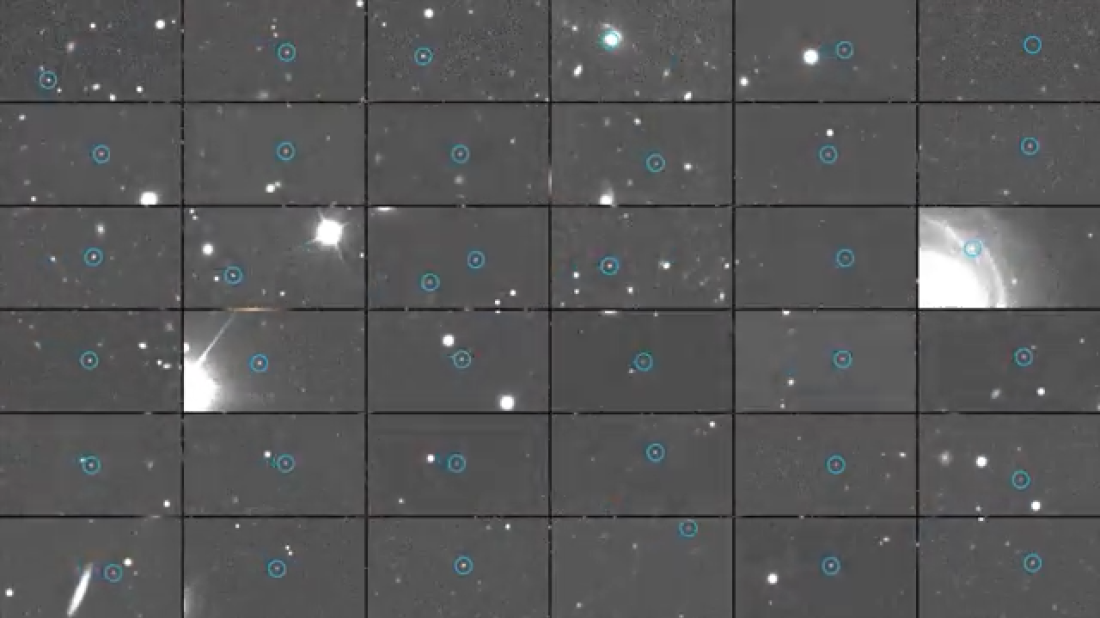
This comprehensive census of asteroids, comets, and Kuiper Belt Objects will provide invaluable clues about the formation and evolution of our solar system. Crucially, it will also serve as a vital tool for planetary defence, identifying potentially hazardous asteroids far in advance and allowing for precise tracking of their orbits.
Exploring the Transient Optical Sky: The universe is alive with transient events—cosmic explosions and outbursts that flare up and fade away. The LSST's rapid cadence makes it a perfect machine for discovering these fleeting phenomena. It will issue alerts within 60 seconds of detecting an event, such as a supernova, a gamma-ray burst afterglow, or a star being torn apart by a supermassive black hole.
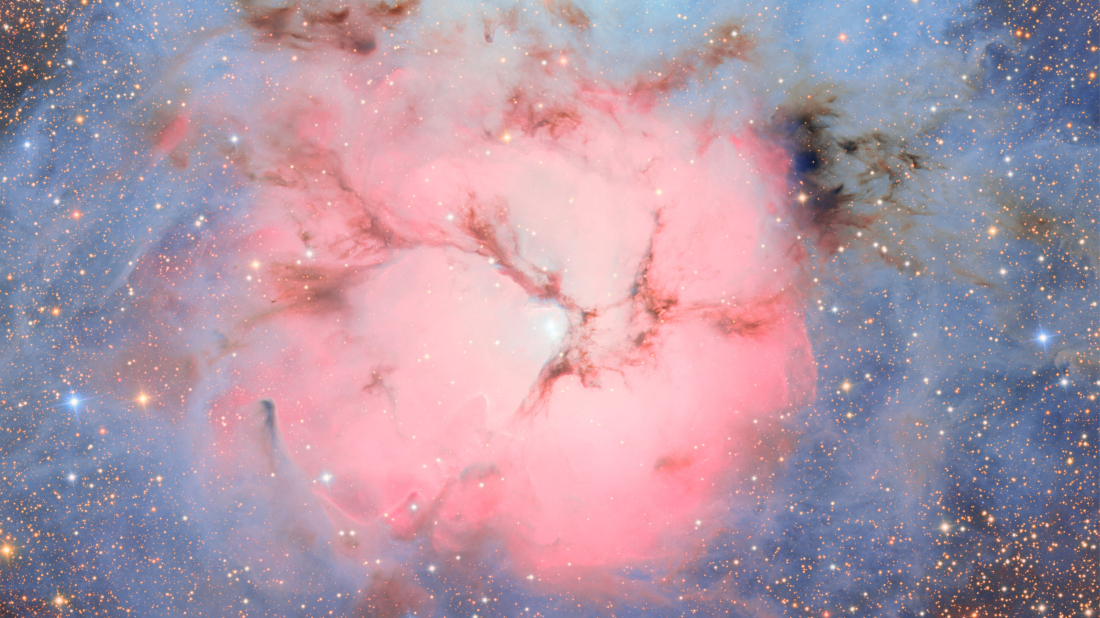
This real-time alert system will allow a global network of other telescopes to perform immediate follow-up observations, providing a complete picture of these violent and energetic processes as they unfold.
Mapping the Milky Way: The survey will provide an unparalleled view of our own galactic home. By charting the positions, brightness, and colours of billions of stars, the LSST will create a detailed 3D map of the Milky Way. This will allow astronomers to engage in 'galactic archaeology,' uncovering the remnants of smaller galaxies that the Milky Way has cannibalised over billions of years.
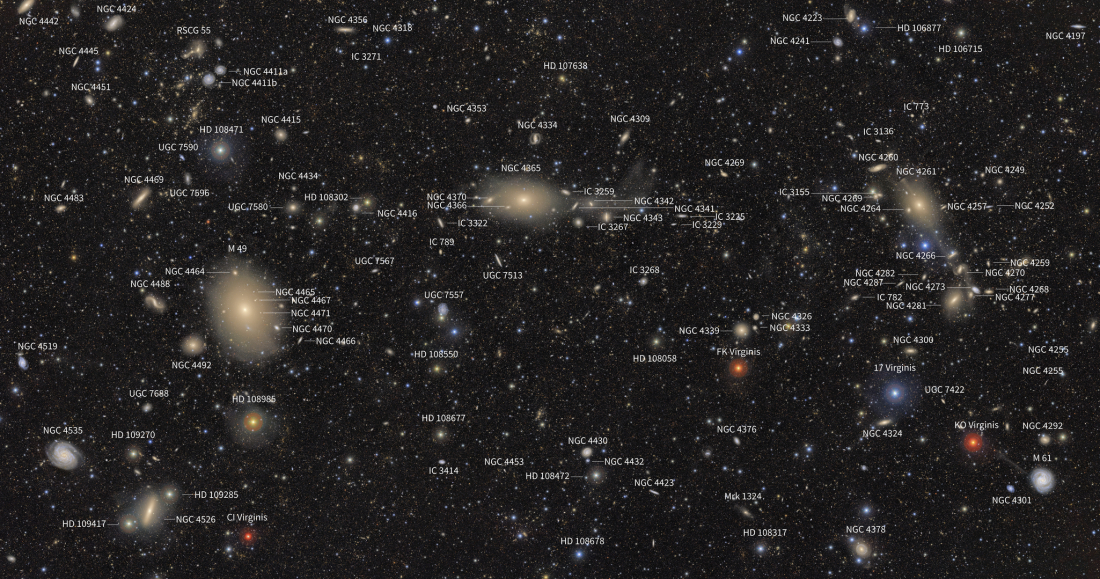
This will reveal not only the structure of our galaxy but also its tumultuous formation history.
Data for the world and a new cosmic window
The recent release of the Vera C. Rubin Observatory's first images has already offered a tantalising glimpse of its immense power. Even in its commissioning phase, it has captured millions of previously uncatalogued galaxies and thousands of new asteroids.
With the formal start of the LSST in late 2025, the floodgates of data are about to open. Processing 20 terabytes every single night represents a monumental data-management challenge, but the project is committed to a policy of open science.
The data will be made available to the entire U.S. and Chilean scientific communities and international partners, as well as to the public. This will empower not just professional astronomers but also citizen scientists, educators, and students to make their own discoveries.
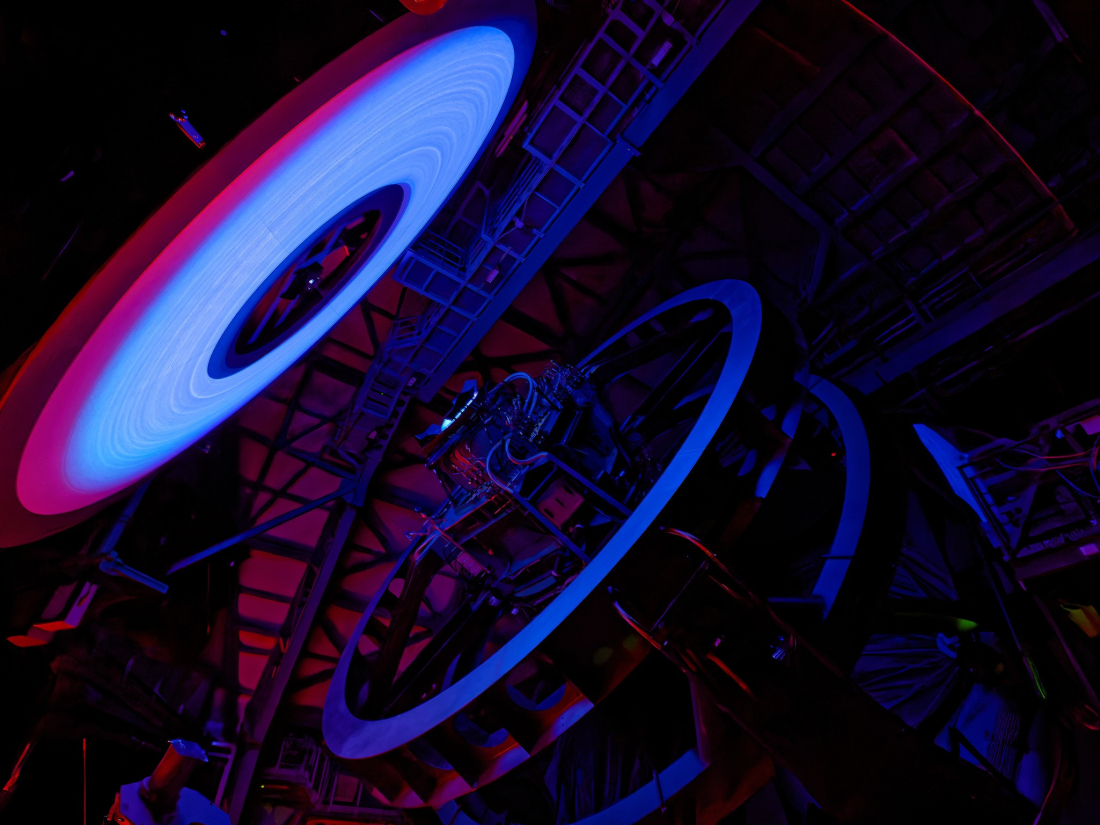
The Rubin Observatory is more than just a new telescope. It is a paradigm shift in how we study the cosmos. It's a decade-long movie of the night sky will provide the essential foundation for astronomical research for the foreseeable future, helping us to answer age-old questions and, undoubtedly, to ask new ones we haven't yet thought to imagine. The era of big-data astronomy has truly begun.
Chinese scientists have unveiled a new gene-editing therapy that they say could lead to a functional cure for HIV, making it one of the most promising developments in decades of global research.
For nearly three decades following the dissolution of the Soviet Union, the international system was defined by a singular, overwhelming reality: American unipolarity.
As the year comes to an end, a new initiative bringing civil society actors and regional analysts from Armenia and Azerbaijan together is steadily gaining ground.
Uzbekistan has reopened its border with Afghanistan for the first time since 2021, the country’s Chamber of Commerce and Industry announced on Tuesday.
Faced with mounting public outrage following one of the deadliest environmental disasters in the nation’s recent history, the Indonesian government has pledged to investigate and potentially shut down mining operations found to have contributed to the catastrophic flooding on Sumatra.
A former Apple engineer has unveiled a new Chinese chip designed to compete directly with Apple’s Vision Pro headset.
Chinese AI startup DeepSeek has introduced its newest model, DeepSeek-V3.2-Speciale, claiming it can perform some tasks as well as the latest models from Google DeepMind and OpenAI.
A new robotic system developed for the Czech Police is reshaping how complex investigations are carried out, bringing laboratory-level precision directly to crime scenes.
Chinese scientists say they are moving closer to building one of the world’s most powerful neutrino telescopes, an underwater array known as the Tropical Deep sea Neutrino Telescope, or TRIDENT, that will sit around 3,500 metres below the surface.
Russia’s state communications watchdog said it is tightening restrictions on WhatsApp, claiming the US-owned platform violates Russian law and is being used to facilitate criminal activity, according to comments carried by the Tass news agency.
You can download the AnewZ application from Play Store and the App Store.

What is your opinion on this topic?
Leave the first comment